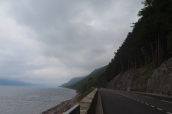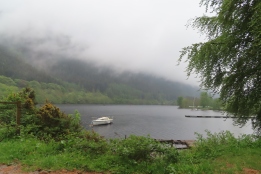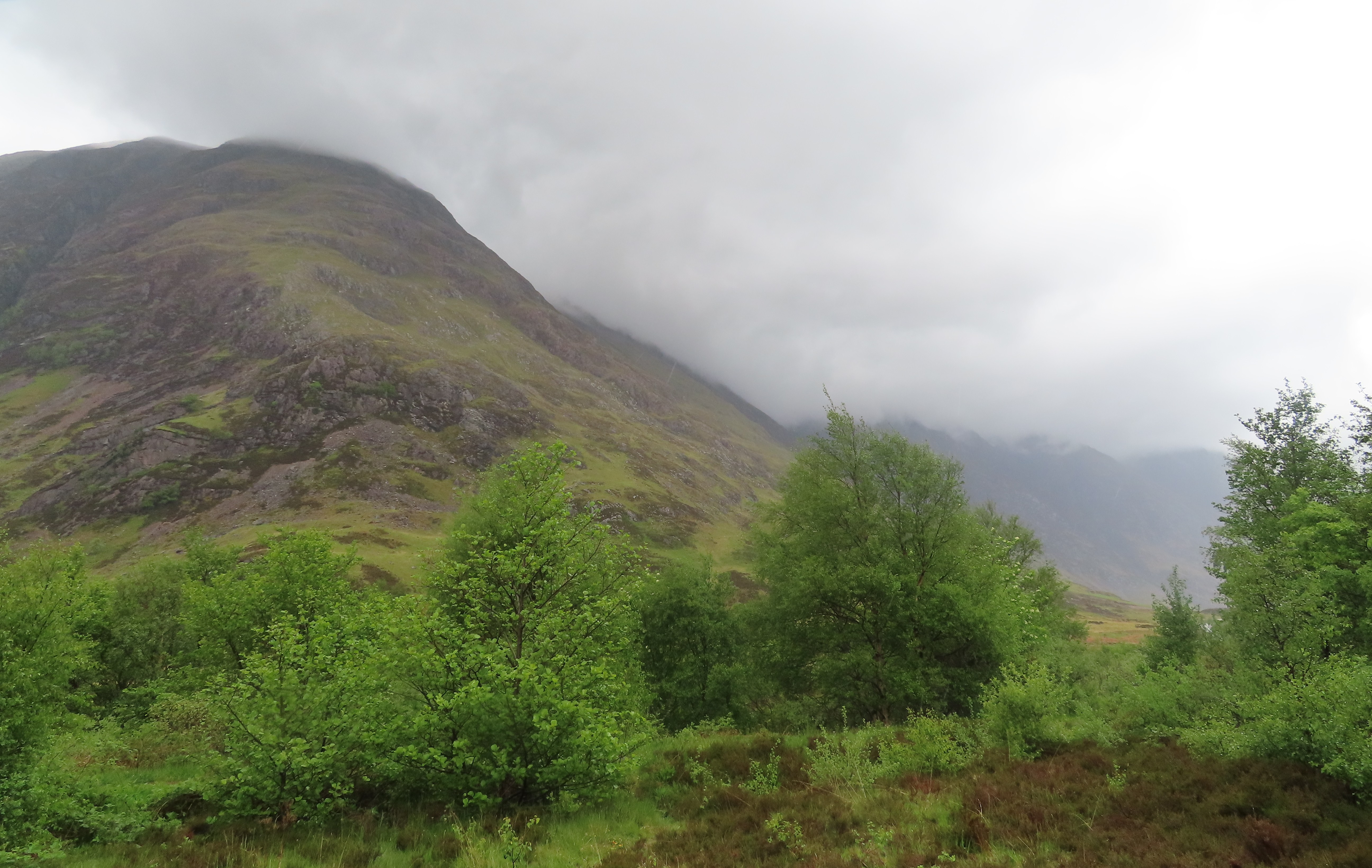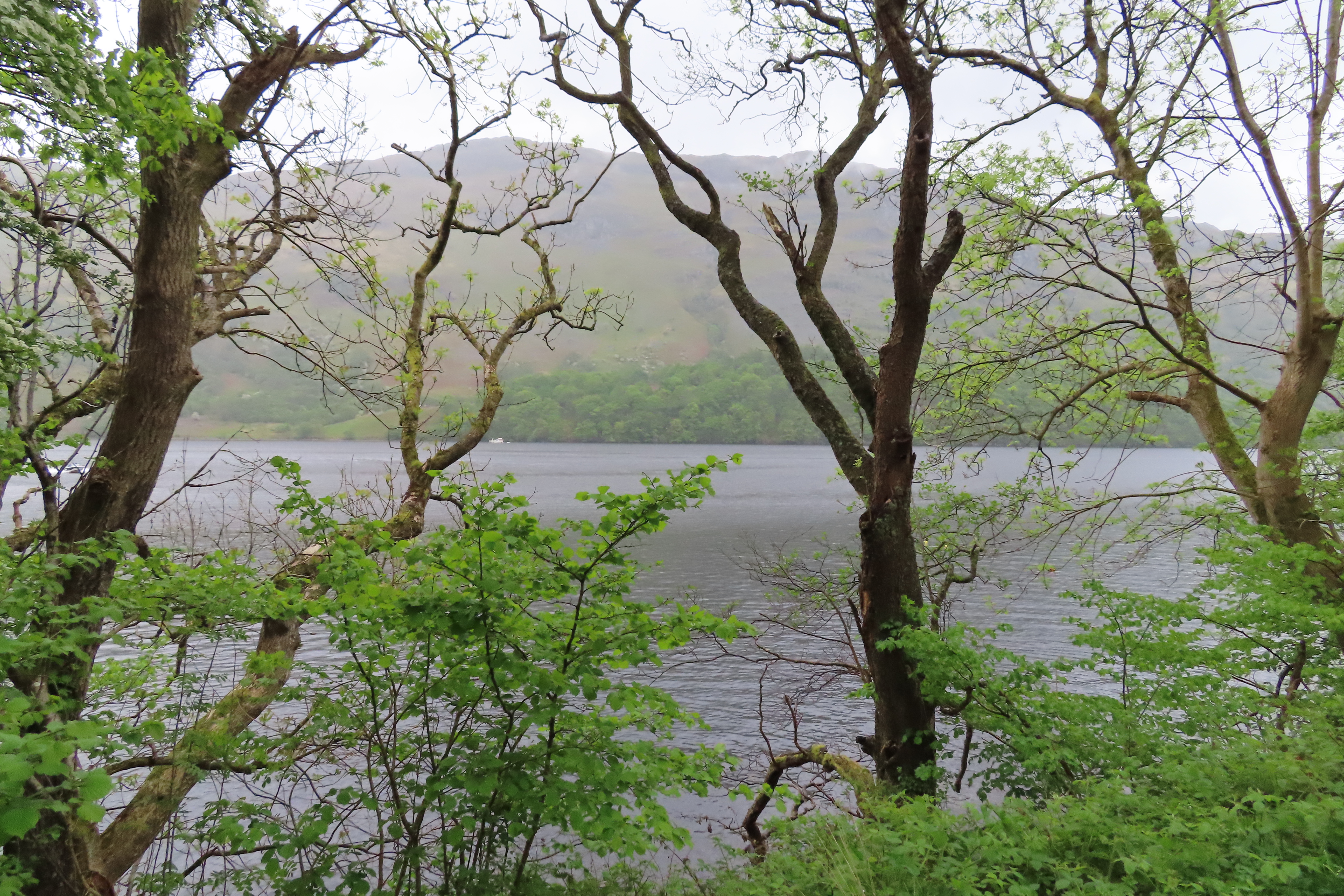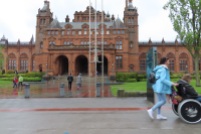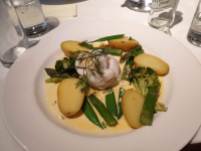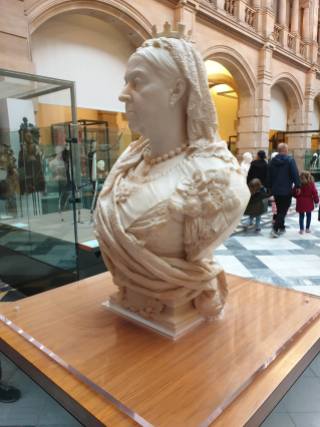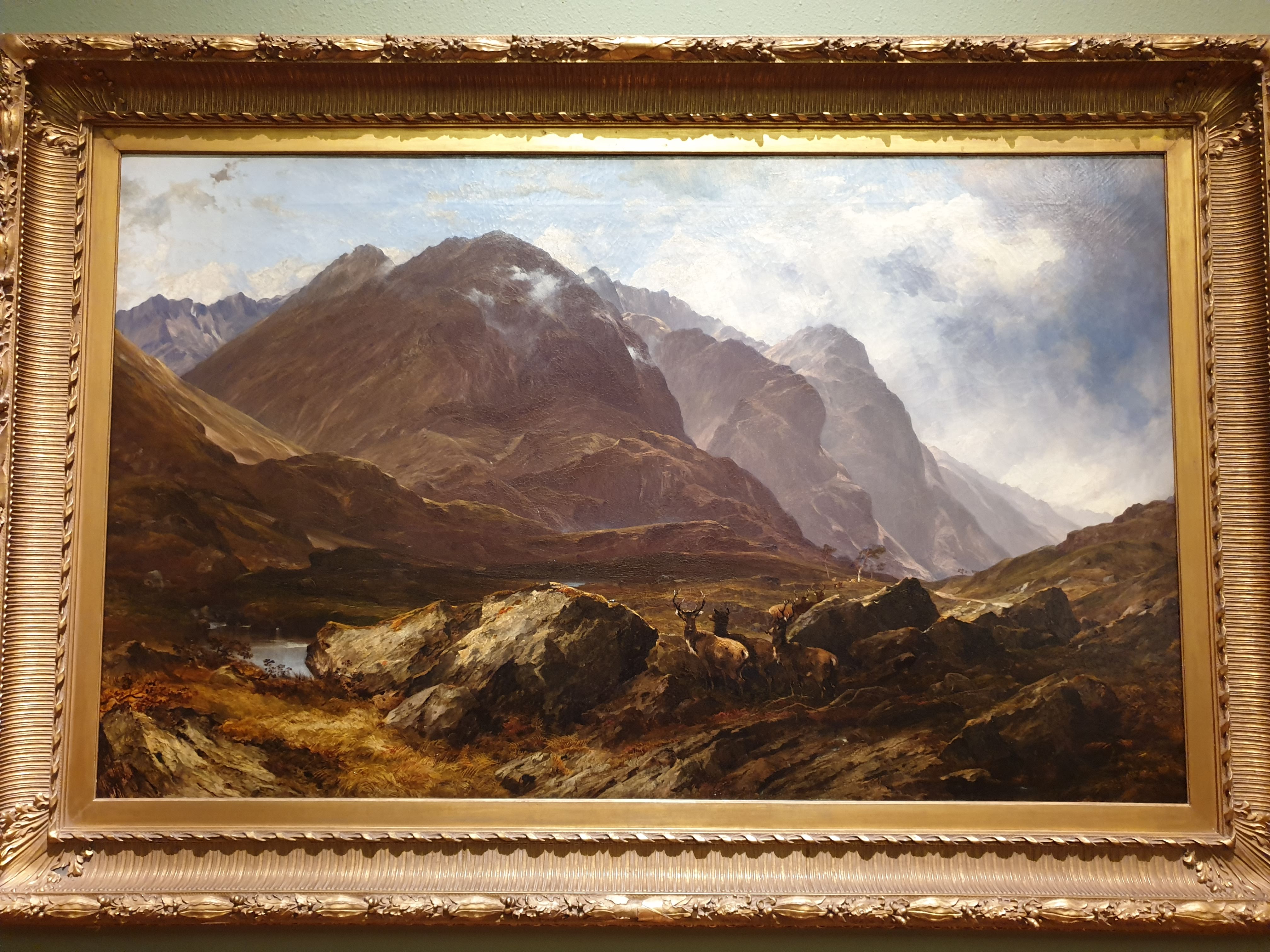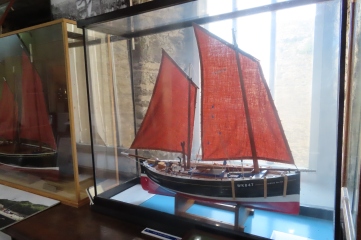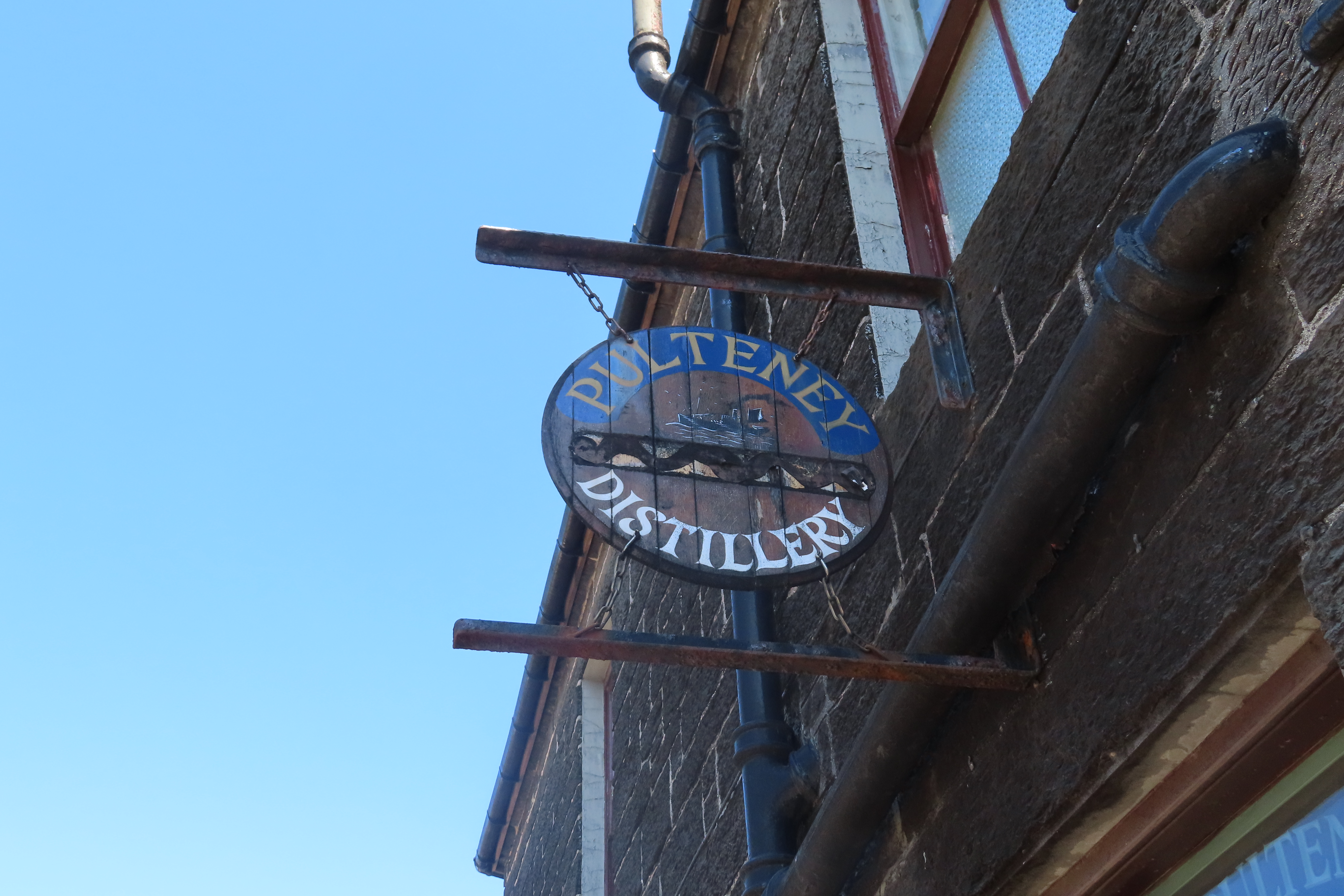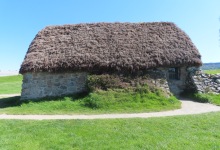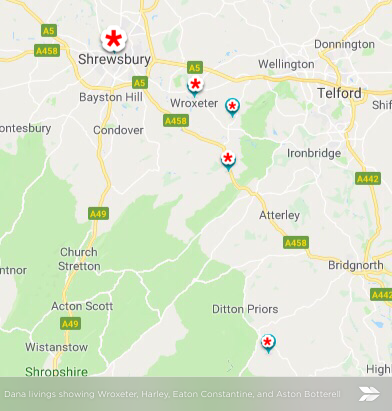My 7th great grandfather Thomas Champion de Crespigny (1664 – 1712) was a Huguenot refugee.
In 1676, when he was twelve years old, Thomas was sent from Normandy in France to London, where he was taken into the care of family friends and relatives.
In 1689 he joined the English army, with his first commission in Lord Cardross’s Regiment of Dragoons. This regiment, which had been formed in response to the 1689-1691 Jacobite Rising in Scotland, fought at the Battle of Killiecrankie on 27 July 1689, with severe losses. de Crespigny joined as a Cornet, equivalent to the present-day rank of 2nd Lieutenant. (I suspect he had been in the army before this post but have not found any records.)
(Dragoons were mounted heavy infantry who sometimes fought on foot. From the early 17th century dragoons were employed as conventional cavalry, trained for combat on horseback with swords and firearms. Dragoon regiments were established in most European armies during the 17th and early 18th centuries; they provided greater mobility than regular infantry but were less expensive than cavalry.)
In December 1690 army reorganisation saw Lord Cardross’s Regiment of Dragoons taken under the command of Colonel Richard Cunningham. A regiment was commonly designated by the name of its colonel; the expanded regiment was called Colonel Cunningham’s Regiment of Foot.
In 1694 the regiment transferred to Flanders, where from July to September 1695 it joined the forces of the anti-French coalition, the Grand Alliance, in the Siege of Namur. The commander of chief of the Grand Alliance was William of Orange. The recapture of Namur was the major Allied achievement of the Nine Years’ War (1688–1697).


In 1696 Thomas transferred to be Captain-lieutenant in Lord Lorne’s Regiment of Foot. Within a month he transferred back to his former regiment retaining, however, his new rank. Both regiments were stationed in Flanders. Captaincy of the first company of a regiment was formally held by the regimental colonel, and a captain-lieutenant commanded that unit on his behalf.
In February 1696 Thomas returned to London and married a fellow Huguenot, Magdelaine Grainger (1664 – 1730), who appears to have accompanied him on his military postings. Late in 1696 Magdelaine was issued a pass to travel to Flanders, presumably to join Thomas who was posted there.
They had six children:
- William 1698–1721 born at Bruges, Belgium
- Marie 1699–1700 born at Dumfries, Scotland
- Jeanne 1700–1776 born at Jedburgh, Scotland
- Claude 1701–1703 born at Jedburgh
- Philip 1704–1765 born London
- Claude 1706–1782 born London
There was little military activity after the fall of Namur. On 1 October 1696, Cunningham was promoted to Brigadier-General. William Kerr, Lord Jedburgh succeeded him and the regiment became Jedburgh’s Regiment of Dragoons.
In 1697 the regiment served in the campaign in Flanders under Maximilian II Emanuel, Elector of Bavaria. After the Treaty of Ryswick, which ended the Nine Years War, the regiment returned to England and was first quartered in London. Numbers were reduced to a peace-time establishment. The regiment moved to Scotland in February to March 1698. The regimental history is silent on its activities from 1698 to 1702.
Three of Thomas’s children were born in Scotland in that period: Marie in Dumfries in 1699, and Jeanne and Claude at Jedburgh in 1700 and 1701.
When Queen Anne ascended to the throne in 1702, the Regiment remained in Scotland to suppress any Roman Catholic resistance to her rule. At that time, the Regiment’s establishment was 6 troops, each with about 30 mounted troopers.
Thomas Crepigny was recorded as Captain Lieutenant on the Muster-Roll of the Marquis of Lothian’s Regiment of Dragoons, Marquis of Lothian’s Troop, at Jedburgh, 11th September 1703.
In 1703 William Ker became Marquess of Lothian and the regiment’s name was changed to acknowledge his new title.

The seat of the Marquess Of Lothian is Ferniehirst Castle about a mile and a half south of Jedburgh, in the Scottish Borders area. The castle, first built in 1470, was reconstructed from 1598 having been attacked by King James VI in 1593 in response to the Kerr family’s role in a conspiracy against him.

Jedburgh is 10 miles (16 km) from the border with England. Jedburgh Abbey, which followed the Rule of Saint Augustine, was founded in the 12th century. When the Protestant Reformation arrived in 1560, the monks were allowed to stay but the abbey was used as the parish kirk for the reformed religion. However, by 1671 the church was decaying and unsafe, and worship was moved to the western part of the nave. The town of Jedburgh is dominated by the Abbey ruins.
Thomas de Crespigny’s regiment spent most of the 1702-1714 War of the Spanish Succession in Edinburgh. In 1704 Thomas sold his commission and returned to London. His will, dated 24 June 1704, was written there.
In 1705 he rejoined the army as a Gentleman Volunteer in Sir Charles Hotham’s Regiment of Foot. Thomas was subsequently promoted to Lieutenant, and in April 1710 to Captain.
Thomas died in 1712. His widow received a military pension.





In 2019 on our visit to England and Scotland we drove through Jedburgh but did not have a chance to stop. We will next time.
Related posts:
- F is for fleeing from France
- R is for refugees
- Will of Thomas Champion de Crespigny made 1704 probated 1712
- The Youngs invade Scotland
Further reading:
- Cannon, Richard (1842). Historical Record of the Seventh, or the Queen’s Own Regiment of Hussars: Containing an Account of the Origin of the Regiment in 1690, and of Its Subsequent Services to 1842 retrieved through Project Gutenberg https://www.gutenberg.org/files/53900/53900-h/53900-h.htm
- de Crespigny, Rafe. (2017). Champions from Normandy : an essay on the early history of the Champion de Crespigny family 1350-1800 AD Retrieved from http://nla.gov.au/nla.obj-2899050253 pages 119 – 124
Wikitree:




